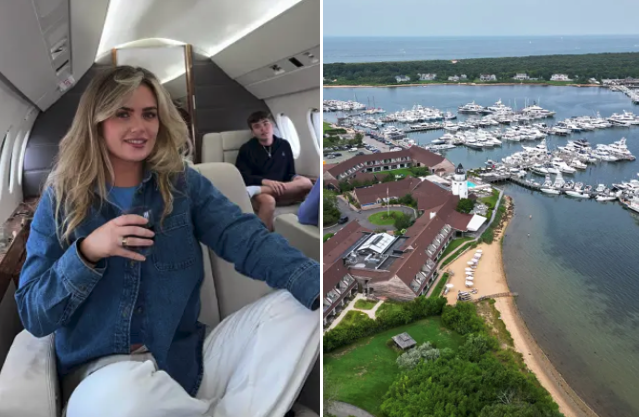Key Point Summary – Earthquake Swarm
- Three earthquakes struck Southern California in just one hour overnight
- Magnitudes ranged from 3.5 to 3.7, centered near Rancho Cucamonga
- Over 2,000 people reported shaking to USGS, many in Los Angeles
- Residents shared sleepless, fearful reactions online
- Previous quake hit nearby Rialto less than 24 hours earlier
- Activity likely along the lesser-known Fontana Trend fault system
- No major damage or injuries reported so far
Around 1:15 a.m. PT, Southern California was rattled awake.
The US Geological Survey (USGS) recorded the first of three earthquakes in what experts call an “earthquake swarm.” Each hit within a single hour. Magnitudes ranged from 3.5 to 3.7, with the largest quake striking near Rancho Cucamonga just after 2 a.m.
Residents Jolt Awake In The Dark
More than 2,000 shaking reports flooded the USGS website. Many came from Los Angeles, even miles away from the epicenters.
“Pray for us in California that the big one doesn’t happen,” one resident posted on X. “That was the third earthquake in the last 10 minutes.” Others said the shaking jolted them out of bed, with some comparing the tremors to “quick, violent jolts.”
The first quake, magnitude 3.5, struck 3 miles southeast of Ontario at a depth of 4 miles. Just over 10 minutes later, another 3.5 quake hit the same spot. “The second one felt more violent than the first,” Ontario Ranch resident Nancy Pacheco wrote on Facebook.
Strongest Quake Packs Extra Punch
About an hour later, a stronger 3.7 quake rattled an area north of Lytle Creek, reaching 6.5 miles deep. Residents across the High Desert and Inland Empire reported hearing a low rumble before the jolt. A smaller 2.1 micro-earthquake followed minutes later.
So far, there are no confirmed injuries or significant damage. But experts note that this swarm followed another 3.5 quake near Rialto just the day before.
Experts Point To Hidden Fault Threat
Geologists believe the activity came from the Fontana Trend, a smaller fault system west of where the San Jacinto Fault Zone meets the Sierra Madre Fault. This area is known for producing shallow, left-lateral motion on secondary fault strands — a subtle reminder that danger doesn’t always come from the “big” fault lines like the San Andreas.
Locals Fear Bigger Shocks Ahead
Tuesday afternoon’s quake near Fontana had already put nerves on edge. That event, at 3.5 magnitude, came from a depth of just 3.6 miles and shook parts of the Inland Empire. By Wednesday morning, the conversation had shifted to whether the latest swarm might be a warning of something bigger.
While officials stress there’s no certain predictor for a major earthquake, the rapid series of tremors has many Californians keeping their phones charged, their shoes by the bed, and their eyes on the USGS app.







